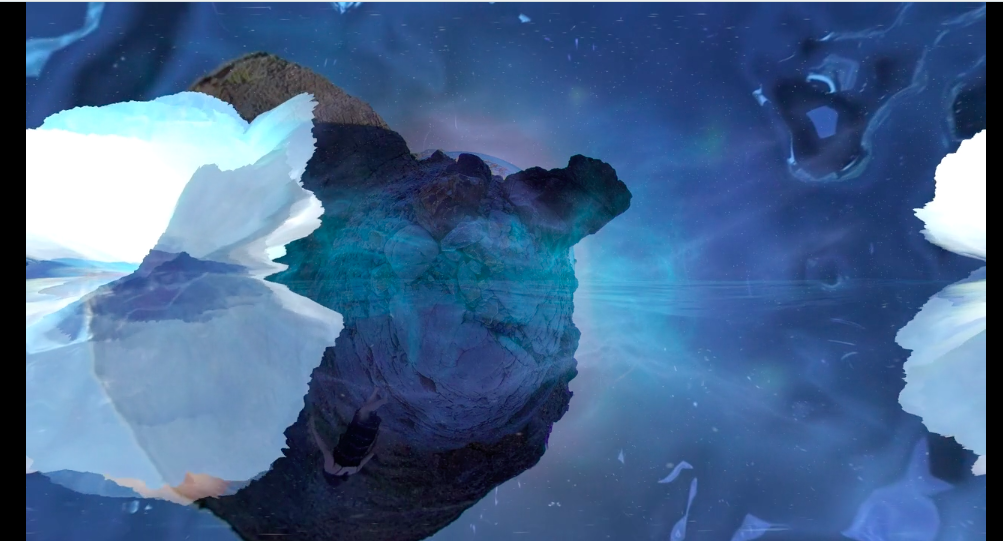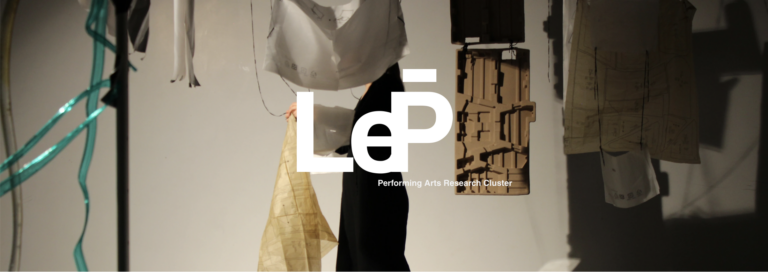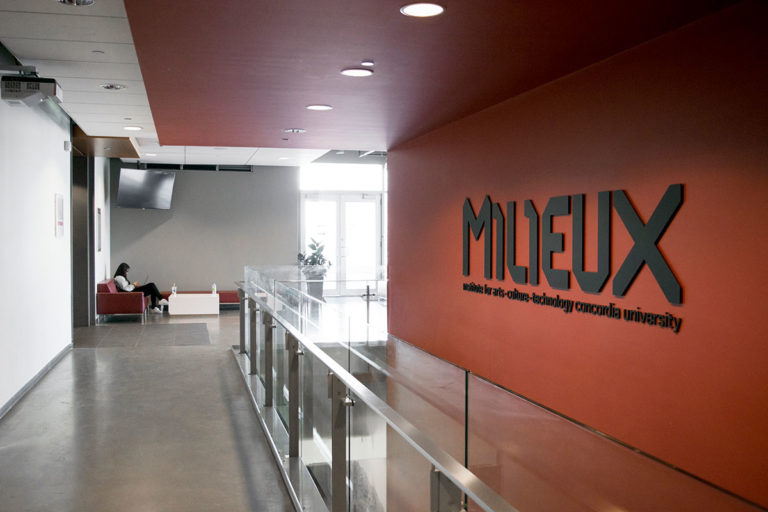Access to the physical space of the immersive reality lab at the Milieux Institute is forbidden during the COVID-19 lockdown. Marco Luna, a virtual and augmented reality technologist and our lab coordinator, is adapting new workflows for students and faculty to keep working on their projects. Here’s a peek at what they’ve been working on:
I Am The Blues
I AM THE BLUES VR walkthrough from EyeSteelFilm on Vimeo.
This virtual reality documentary is being developed by Daniel Cross, cinema professor at Concordia, and Marco Luna. Users revisit footage shot for the documentary film “I Am the Blues” and provides an augmented experience in VR. The film was about the last remaining blues musicians who working in the cotton fields learned the blues. Mainly in their 80’s and still living in Louisiana and Mississippi, these musicians have a world of experience etched on their beautiful faces. The sparkle in their eyes is as rich and beautiful as the music they play, and as documentary filmmakers that’s where we find immersion.
What happens when we change the medium?
Through a mix of 2D footage and 3D environments, the project takes viewers into a journey of discovering the root of the blues from the Mississippi cotton field plantations to the Tutwiler train station, where the blues was discovered. It ends inside the most iconic juke joint from Bentonia, the Blue Front Cafe.
Volumetric Island

Developed by Olivia McGilchrist, a visual artist and INDI PhD candidate at Concordia, VOLUMETRIC ISLAND disrupts conventional uses of volumetric capture (a technique used to film footage in three dimensions for viewing in a virtual or mixed reality headset) to portray a gestural response to a virtual experience of being in water. It explores the affordance of a high-end volumetric rig to capture herself and other participants experiencing an updated version of her VR project MYRa (2018-ongoing).
MYRa combines digital underwater worlds with performance art. After filming herself along the coast of northern Québec in 360 videos, Olivia edited and overlaid this with videos of several bodies of water (ocean, lake, river). She then programmed effects with shaders in video game engine Unity 3D to transform these videos into the final artwork.
In the next version, she aims to offer viewers two forms of engagement where virtual immersion is related to the experience of being in water. Viewers will be able to navigate between virtual islands or remain still amidst a virtual tidal wave; exploring “submersion” as an alternative notion to describe VR’s immersive experience.
Out of My Room
This co-creation project is directed by VR documentary maker Marco Luna, in collaboration with Cedirc Caron, a cystic fibrosis patient at St. Justine Hospital, and Concordia animation student Dion Wang. “Out of My Room” is the first episode of a series of short virtual reality pieces created by young patients during their isolated stay at the hospital.
Each piece is a collage of the spaces in which they would like to be, and people with whom they want to be, instead of being in isolation. The VR headset allows them to extend the physical space without boundaries.
In this first project, Cedric wants to be inside a gangster film populated by iconic characters and members of his family and hospital staff. All production was done in his hospital room, several months before the pandemic began.
Dark Matter
Design and Computational Art students Yasmin Roy and Benjamin Delorme finished their journey in independent studies with version 1.1 of their VR documentary project, Dark Matter. This project is designed to expose people to environmentally devastated areas in Canada that would otherwise be unknown. It is designed to educate individuals on the realities and consequences of expanding tar sands extraction projects, including political, economic, and environmental aspects.
As the spectator explores their surroundings, they activate progressive degradation of the environment. The use of audio clips and visual cues, such as newspapers, guides the viewer in further understanding the significant environmental impact of tar sands projects.














